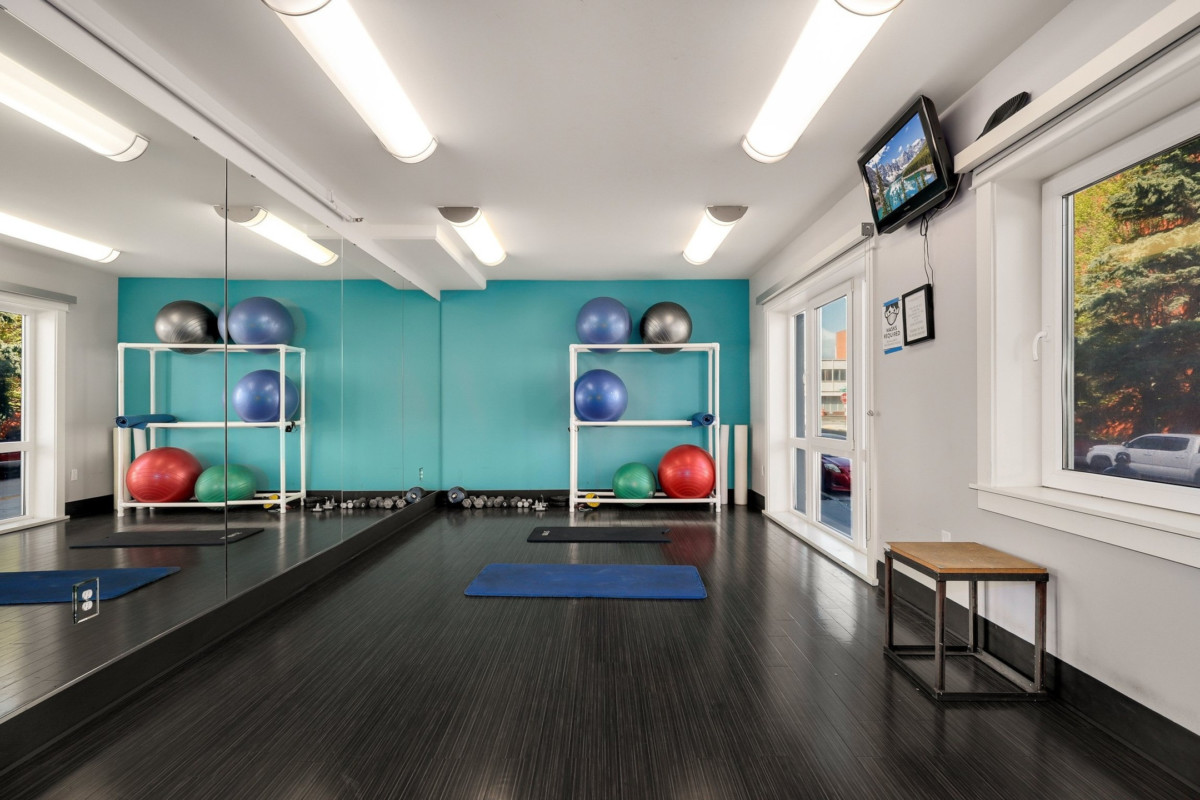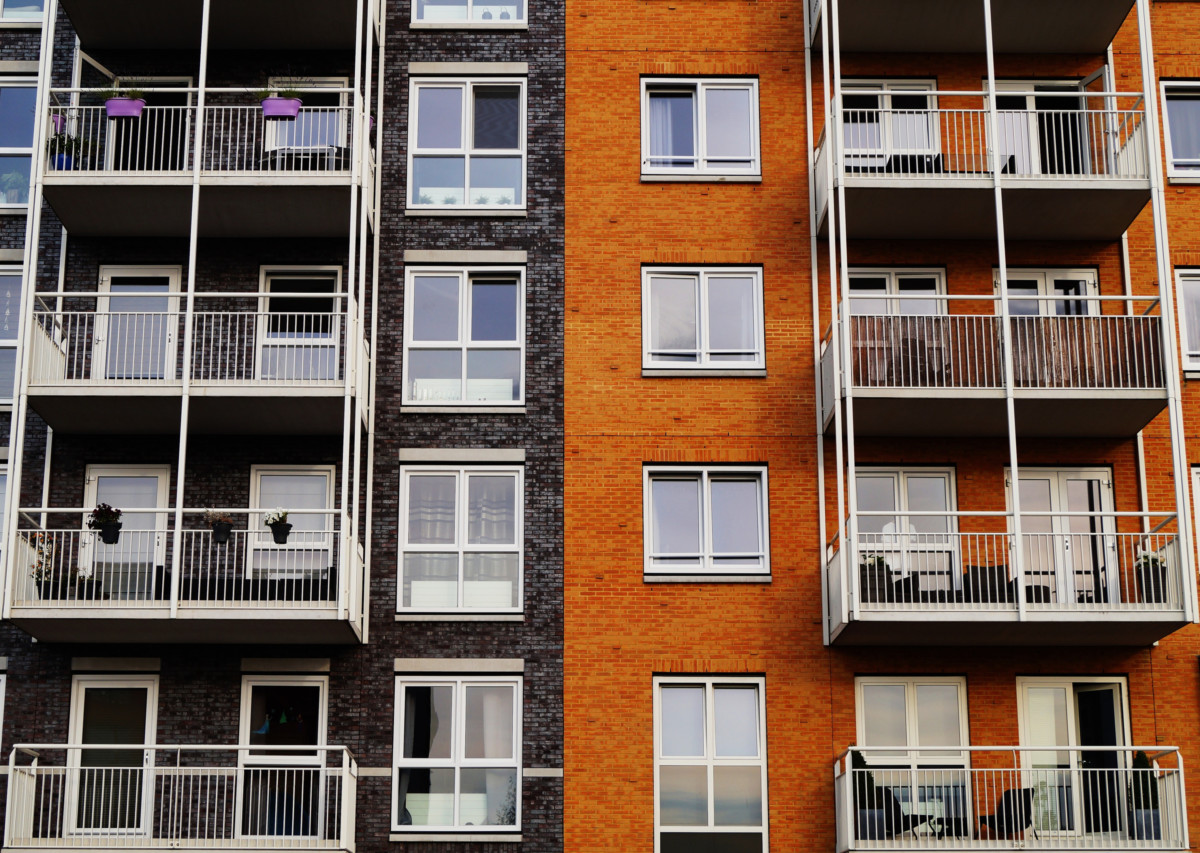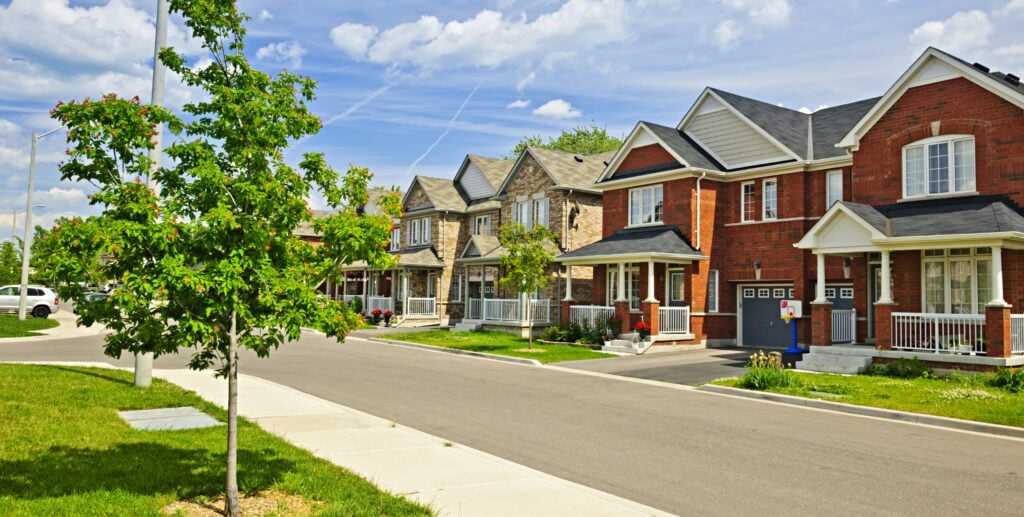How To Rent An Apartment In 2025

Renting an apartment can feel overwhelming, especially for first-time renters. Whether you’re transitioning from an apartment in Austin, or moving into a new rental in Boston, this step-by-step guide will walk you through the entire rental process, from budgeting to moving in, so you can navigate your next move with confidence.

| Step & Timing | What You’ll Do | What to Remember |
| Step 1 (1–2 weeks out) | Set your budget | Include rent, utilities, lifestyle costs, and savings buffer |
| Step 2 (1 week out) | Gather paperwork | Prepare ID, income proof, credit info, and references |
| Step 3 (Early in process) | Check your credit | Know your score and line up a cosigner if needed |
| Step 4 (Early in process) | Decide on roommates | Balance privacy with shared costs and compatibility |
| Step 5 (1–3 months out) | Time your search | Winter = better deals; summer = more listings |
| Step 6 (Before touring) | List your must-haves | Prioritize parking, amenities, pet policies, and more |
| Step 7 (While searching) | Tour and research | Look beyond aesthetics—check noise, condition, safety |
| Step 8 (While touring) | Ask smart questions | Understand rent terms, fees, lease length, and rules |
| Step 9 (1–2 weeks before move) | Apply and prepare | Apply promptly, pay deposits, and read the lease |
| Step 10 (Move-in week) | Plan your move | Pack early, set up utilities, update your address |
Step 1: Determine your budget
Before you start searching for an apartment, it’s essential to know how much rent you can comfortably afford. However, rent is only part of the picture; utilities, internet, renters insurance, and everyday expenses also impact your monthly budget. The U.S. Department of Housing and Urban Development recommends spending no more than 30% of your gross income on rent, but in high-cost cities like Los Angeles, San Francisco, or New York, you may need to budget beyond that or consider living with roommates.
To build a realistic rental budget, consider these factors:
- Location: Living closer to work, restaurants, or public transit may reduce commuting costs compared to living farther out.
- Transportation: Will you need to pay for parking, or can you walk, bike, or use public transit?
- Utilities and groceries: Plan for around $200/month in utilities and $200–$250/month per person for groceries.
- Lifestyle: Account for extras like dining out, entertainment, and hobbies so these don’t unexpectedly drain your budget.
- Emergency expenses: Set aside 10–15% of your income for unexpected costs, like car repairs or medical bills.
Here’s a simple way to calculate your rental budget:
- Write down your net monthly income (after taxes and deductions).
- Subtract recurring bills like loan payments, credit cards, and subscriptions.
- Subtract your estimated utilities, transportation, groceries, lifestyle, and emergency expenses.
- The remaining amount is what you can reasonably spend on rent.
If your budget feels tight, consider adjusting lifestyle expenses or expanding your search to more affordable neighborhoods. For a quick estimate, try using an online rent calculator to guide your search.
Step 2: Gather key documents
Landlords and property management companies require potential tenants to provide specific information and complete an apartment application to rent an apartment. These are the most commonly requested documents for renting an apartment:
Documents required for a rental application
- Paystubs, W2s, tax returns, or income statements
- Bank statements
- Employment history or letter of intent to employ
- Credit report
- Photo ID (driver’s license, passport, social security card, state-issued ID)
- Rental history
- Proof of vehicle insurance and registration
Step 3: Understand your credit score
Landlords often review your credit report to assess your likelihood of paying rent on time. A credit score ranges from 300 to 850 and is based on factors like payment history, total debt, and length of credit history. Landlords and property managers consider potential tenants with higher credit scores as likely to be more responsible with their rent payments and move them to the top of an applicant pile.
Typical score ranges:
- 300–579: Poor
- 580–669: Fair
- 670–739: Good
- 740–799: Very good
- 800–850: Excellent
How to rent an apartment if you have poor credit or no credit history
If you have not had the opportunity to establish a credit history or you’re trying to rent with bad credit, here’s what you can do:
- Use a cosigner or guarantor. A cosigner (often a family member or close friend) agrees to take legal responsibility for the rent if you can’t pay. This gives landlords more confidence in your ability to fulfill the lease terms.
- Offer a higher deposit to ease landlord concerns. A larger upfront payment can offset the risk they perceive in renting to someone with low or no credit.
- Provide references from employers or past landlords. A strong letter from a previous landlord stating that you paid rent on time or a manager vouching for your reliability can make a positive impression.
Step 4: Decide if you need roommates
Once you’ve determined your budget, it’s time to consider whether you’ll need roommates to make renting more affordable. Sharing an apartment can help lower your monthly expenses by splitting rent and utility costs, which can be especially helpful in cities with higher rental prices.
Think about your lifestyle and preferences when deciding if roommates are the right choice for you. Consider factors like personal space, privacy, and how well you might get along sharing responsibilities. If you decide to go this route, be sure to choose roommates who are reliable, financially stable, and respectful of shared living spaces. Having clear expectations from the start can help create a smoother renting experience.
Step 5: Know the best time of year to look for an apartment
Timing can make a big difference when searching for an apartment. If you’re looking for the lowest rent prices, consider apartment hunting in the winter months, especially from December to February. Demand tends to be lower during this time, which can lead to better deals and more negotiating power with landlords.
On the other hand, if you want the widest selection of available units, summer—particularly from May to August—often offers the most options. However, competition is higher during this peak season, which can drive prices up. Ultimately, the best time to rent an apartment depends on your priorities. If saving money is key, aim for the off-season. If finding the perfect location or layout matters most, summer might be your best bet.

Step 6: Create a checklist of must-haves for your apartment
Before you start your apartment search, make a list of must-haves and nice-to-haves to help narrow your options. Not every apartment allows pets, includes parking, or offers desirable amenities, so knowing your priorities will save you time and help you stay within budget.
Consider these factors:
- Parking: If you need parking, check if it’s included, assigned, garage or street parking, tandem, and whether additional fees apply.
- Amenities: Pools, gyms, and outdoor spaces are attractive, but decide which amenities you truly need versus what would simply be nice to have. Some amenities, like an on-site gym, can help you save on separate membership costs.
- Appliances: If you cook regularly, ensure the apartment has a working stove, oven, refrigerator, and possibly a dishwasher.
- Space and layout: Think about the size of the bedroom, whether you want an en suite bathroom, and the layout of shared living spaces.
- Security: Depending on your comfort level and location, you may want a building with secured entry or key-access-only areas for added peace of mind.
Step 7: Research potential apartments
Finding the right apartment can take time, so start your search early—ideally a few months before you plan to move. Touring apartments in person is the best way to get a feel for the space and the building’s condition, but if you can’t visit, request a virtual showing.
Apartment tour checklist
- Locks and windows: Ensure windows and doors close and lock securely. Interior condensation may indicate poor seals.
- Leaks: Look for water spots on ceilings or walls that could signal leaks.
- Water pressure: Turn on faucets to check water pressure and water clarity.
- Lighting: Test light switches and note any burnt-out bulbs.
- Floors: Check for slanted or warped floors, which could indicate water damage.
- Outlets: Verify there are enough outlets in convenient locations.
- Natural light: Large windows can improve your mood and lower electricity costs.
- Appliances: Test appliances to confirm they work. Get written confirmation if the landlord agrees to repairs or replacements.
- Cell service: Check reception in the unit.
- Noise levels: Listen for sounds from neighboring units, as this can affect your comfort.
- Accessibility: If it’s a walk-up, remember you’ll carry groceries and laundry up the stairs.
- Costs: Ask about average utility costs, additional fees, parking, and included amenities.
Other key considerations:
- Check for damage, mold, and pests: A clean, safe unit is essential. Look for any issues left by previous tenants, and inspect for mold or signs of infestation. Visit at different times of day to assess noise levels in the area.
- Research the neighborhood: Use tools like Walk Score to check walkability, local transit, and nearby amenities like restaurants and grocery stores.
- Talk to current tenants: Ask the landlord to connect you with a current resident, or check online reviews to learn about others’ experiences in the building.
Taking notes during each tour will help you remember details and compare units, making it easier to find the apartment that best fits your needs and lifestyle.
Step 8: Questions to ask when looking for apartments
If you don’t ask, landlords and property managers may not be overly forthcoming. Here is a checklist of questions to ask when renting an apartment:
- How do I pay rent?
- How are late fees assessed?
- Where can I park my car?
- How far in advance do I need to give notice before moving out?
- Can I sublet my apartment?
- How can I break my lease if I need to?
- What kind of changes can I make to my apartment?
- How do you handle emergency repairs?
- Is rental insurance required?
- What is the pet policy?
Step 9: Fill out the rental application form
When you find an apartment you like, you’ll need to complete a rental application, which usually requires an application fee to cover credit and background checks. Since these fees are non-refundable, only apply for apartments you’re serious about.
If you have a low credit score or no credit history, prepare a reference letter from a manager, colleague, or previous landlord to show you’re a reliable tenant.
Here’s what to have ready when applying:
- Required documents: Gather pay stubs, ID, credit reports, and proof of income to speed up the application process, especially in competitive markets.
- Security deposit: Be prepared to pay the security deposit and first month’s rent upfront. This deposit, often equal to one month’s rent, covers potential damages beyond normal wear and tear and holds the apartment while your application is reviewed.
- Lease terms: While a lease is a legal agreement, some terms may be negotiable, such as move-in dates or pet policies. Don’t hesitate to ask questions and clarify terms before signing. Learn more about what you should know before signing a lease agreement.
Step 10: Prepare to move into your new apartment
Once your application is approved and your lease is signed, it’s time to get ready for your move. Moving can feel overwhelming, especially for first-time renters, but planning ahead will make it smoother.
- Organize your move: Confirm your move-in date with your landlord and ask if early move-in is possible. This gives you a clear timeline for packing.
- Gather moving supplies: Purchase or find free moving boxes from stores, online marketplaces, or friends and family.
- Enlist help or hire movers: Asking family and friends to help can save money, while hiring a licensed, insured moving company may save time and stress, especially for long-distance moves.
- Pack strategically: Use smaller boxes for heavy items, larger boxes for lighter items, and label everything for easy unpacking. Keep essentials and important documents, including your lease, with you during the move.
- Set up utilities and internet: Schedule service transfers in advance so everything is activated on your move-in day. Some providers may require proof of residency or an in-person visit.
- Update your address: Change your mailing address with USPS and set up mail forwarding a few weeks before your move.
- Clean your new apartment: Deep clean the space before unpacking, either yourself, with friends, or by hiring a cleaning service.
- Use a move-in checklist: This will help you remember essentials like towels, kitchen items, and cleaning supplies, ensuring your new place is functional and comfortable from day one. Here is a comprehensive moving-in checklist to get you started.
Renting an apartment in 2025 can feel overwhelming, but breaking it down step by step makes the process more manageable. By setting a clear budget, deciding if you need roommates, and timing your search right, you’ll be better prepared to find a place that fits your needs. Stay informed, stay organized, and you’ll be moving into your new home in no time.
FAQs on how to rent an apartment
1. What documents do I need to rent an apartment?
You’ll typically need pay stubs, bank statements, photo ID, a credit report, rental history, and proof of employment or income.
2. What credit score is needed to rent an apartment?
A credit score of 670 or higher is generally considered good for renting, but you can rent with a lower score using a cosigner or higher deposit.
3. When is the best time to rent an apartment?
Winter months (December–February) usually have lower prices, while summer offers more options but higher competition.
4. Can I rent an apartment without a credit history?
Yes, by using a cosigner, providing proof of steady income, or offering a higher security deposit to reassure landlords.
5. How can I get my apartment application approved?
Submit a complete application with all required documents, including proof of income and ID. Check your credit score and consider a co-signer if needed. Provide references to show you’re a reliable tenant. Applying quickly for apartments you’re serious about can also improve your chances of getting approved.
Source link









